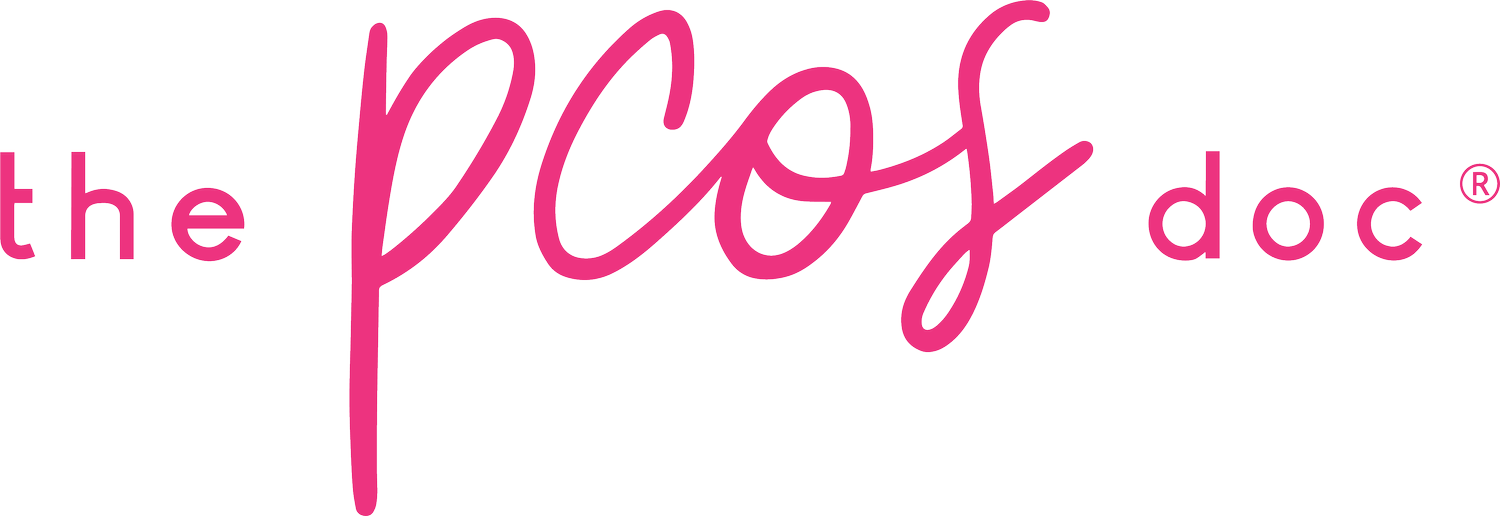The Anti-Aging Power of Estrogen For Healthy Skin
What’s happening in our outer skin – the skin that we can see – is often a reflection of the health of our insides; our organs are hugely hard-working and important in their own right.
One of the reasons you might notice changes in the skin is because of hormonal changes. Hormones can have a significant impact on the health and appearance of the skin. Observe your skin after your period gets over - it will feel softer & hydrated, thanks to estrogen! It is your skin’s best friend.
During the menstrual cycle, estrogen levels fluctuate, with the highest levels occurring during the follicular phase, just before ovulation. After ovulation, estrogen levels decrease, and progesterone levels rise.
Estrogen is crucial for maintaining healthy and youthful-looking skin. However, it's essential to remember that the levels of estrogen in the body can fluctuate, and other factors, such as lifestyle habits and genetics, can also affect skin health.
SO HOW DOES ESTROGEN WORK FOR YOUR SKIN HEALTH?
Increased collagen production: Estrogen helps stimulate the production of collagen, which is a protein that gives skin its elasticity and firmness. This can help reduce the appearance of fine lines and wrinkles.
Increased hydration: Estrogen increases the production of natural oils in the skin, helping to keep it hydrated and moisturized.
Improved skin thickness: Estrogen plays a role in maintaining the thickness of the skin. This can help reduce the appearance of veins and bruising.
Enhanced skin barrier function: Estrogen helps to maintain the skin's protective barrier, which can help prevent damage from environmental factors like UV radiation and pollution.
Improved blood flow: Estrogen increases blood flow to the skin, which can help promote a healthy, vibrant complexion.
Antioxidant effect: Due to oxidative stress there is a build-up of free radicals and estrogen works as an antioxidant to fight off those free radicals
After menopause, estrogen production in the ovaries decreases significantly and you might notice skin changes. However, if your hormones start acting up due to hormonal imbalances, estrogen deficiency, and PCOS the natural mechanism gets haywire, and your skin can be affected too!
When the levels of estrogen in the body decrease, it can lead to several changes in the skin, such as:
Dry skin: When estrogen levels decrease, the skin can become dry, itchy, and flaky.
Wrinkles and fine lines: A decrease in estrogen levels can lead to a loss of skin elasticity and the formation of wrinkles and fine lines.
Thinning of the skin: Low levels of estrogen can cause the skin to become thin and fragile, making it more susceptible to bruising and tearing.
Dull complexion: Low estrogen levels can cause the skin to look dull and lackluster.
Overall, low estrogen levels can have a significant impact on the health and appearance of your skin. As estrogen levels begin to decline, around 30–35 years of age, the skin thins, and folds or wrinkles appear due to the loss of collagen and elastin fibers in the dermal layer.
Incorporating phytoestrogen-rich foods into your diet can be a great way to boost estrogen production.
Phytoestrogens are plant-derived compounds that have a similar structure to the hormone estrogen, and they can mimic some of its effects in the body. Here are some of the best sources of phytoestrogens from food:
Organic Soy products: Soybeans and soy products like tofu, tempeh, and edamame are some of the richest sources of phytoestrogens. They contain compounds called isoflavones, which have been shown to have estrogen-like effects on the body.
Flaxseeds: Flaxseeds are another great source of phytoestrogens. They contain lignans, which are compounds that can be converted by gut bacteria into enterolactone and enterodiol, both of which have estrogen-like effects.
Sesame seeds: Sesame seeds contain lignans similar to flaxseeds and have been shown to have estrogen-like effects on the body.
Legumes: Other legumes such as chickpeas, lentils, and red clover are also good sources of phytoestrogens.
Berries: Certain berries such as strawberries and raspberries contain a compound called ellagic acid, which can mimic estrogen in the body.
It's important to note that the effects of phytoestrogens on the body are still not fully understood, and some studies suggest that excessive consumption of certain types of phytoestrogens may have negative health effects. Therefore, it's recommended to consume these foods in moderation as part of a balanced diet.
However, just incorporating these phytoestrogen-rich foods into your diet cannot ensure boost your estrogen levels alone. Other factors like introducing anti-inflammatory foods, ensuring blood sugar balance, and addressing root causes of skin issues are crucial. Over and above focus on:
A proper skincare routine as per your skin type
Eliminating toxic products & skincare
Lymphatic drainage massage
Regular movement: restorative yoga & walking
Balancing your blood sugar levels
Supplements like zinc, vitamin c & collagen that help to improve skin texture & vitality.
Frankincense, Copaiba, Clary Calm & Rose Essential oils for softer skin & reducing redness for inflamed skin.
Email oils@pcosdoc.com for questions regarding essential oils.
